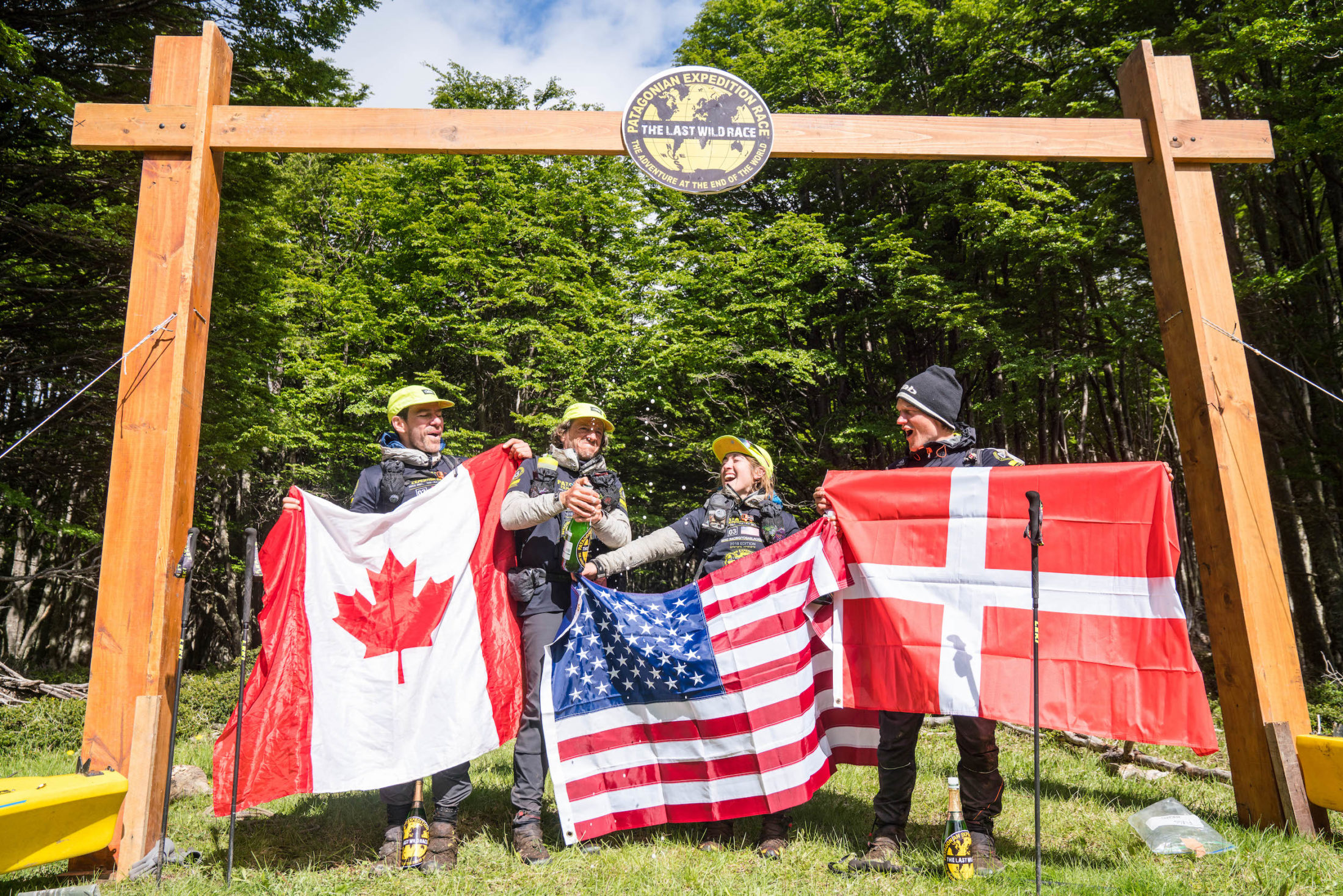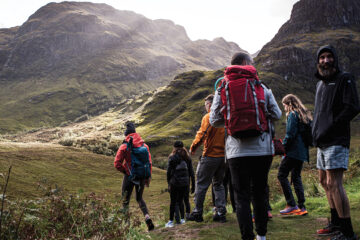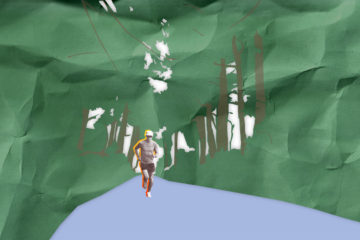words: jason magness
photos: tyler brower
I’m not gonna lie – I kinda hate running. It doesn’t help that I have one artificial hip and one that said farewell to its last shred of cartilage a few years ago and needs replacement soon. But even before my joint woes, I never really loved running races. That brutal dance between an elevated heart rate, leaden legs, and burning lungs. As a fiercely competitive person, I struggled with my coaches telling me to “run smarter”.
But I tried – making minute shifts in my pacing, diet, hydration, training and recovery. The detailed metrics filled my brain and likely made me a bit neurotic, but I still never really grasped what it meant to “run smarter”.
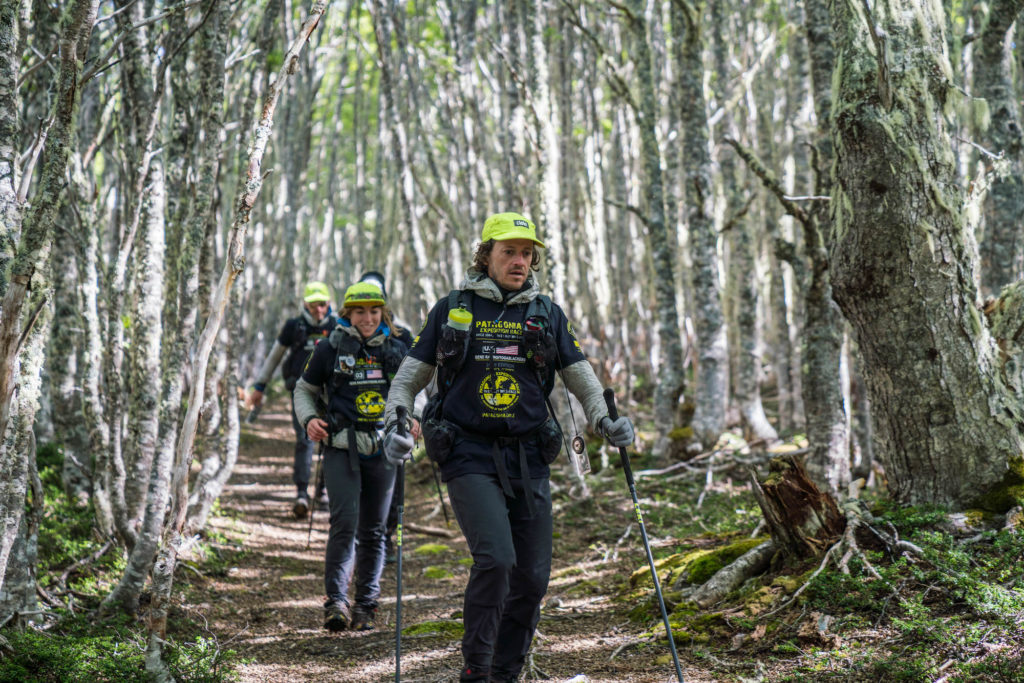
In 2003 I did my first adventure race. It included nearly 40km of “running,” and I was beaten by racers three times my age that never ran a single step. I couldn’t understand how that was possible – I’d never even seen them out on the course! I was furious. I was fascinated. I was hooked.
If you don’t know what adventure racing is, a quick watch here will bring you up to speed, but in a nutshell adventure races have elements of ultra distance running, biking and paddling, rolled into one event.
The recent release of Amazon’s “World’s Toughest Race Eco Challenge: Fiji” has brought the niche sport of Adventure Racing (AR) back into the limelight. The slick Amazon production and epic soundtrack combined with timing smack in the middle of Covid race cancellations has further broadened its reach to endurance athletes of all sorts that might otherwise have missed it. Bonus – most adventure races are easy to adapt to social distancing measures and many were able to resume modified operations in the midst of the pandemic.
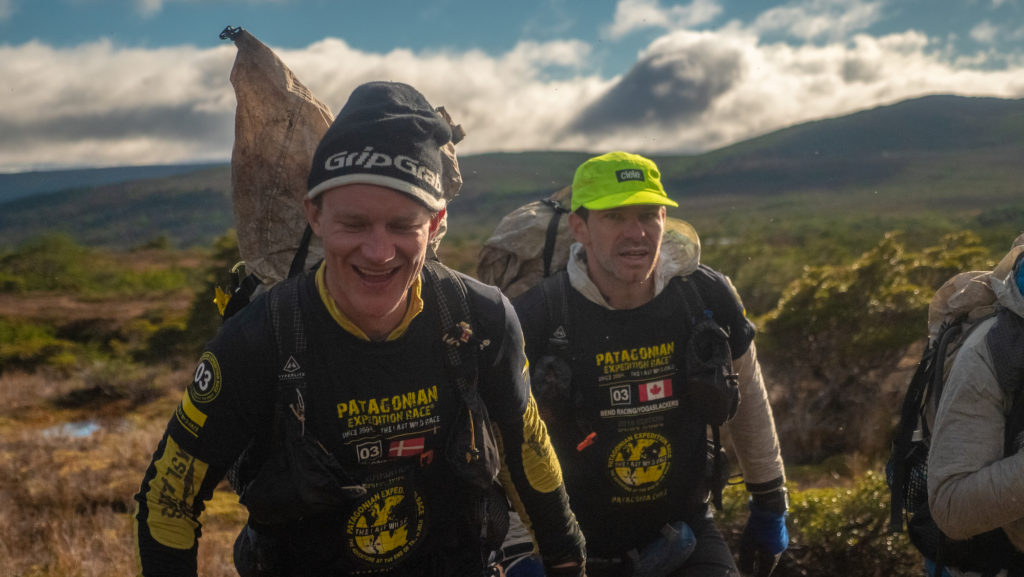
Seasoned runners are signing up for races; and AR advice forums, discussion groups, and coaching services are being inundated with questions from these super athletic AR newbies. Most of them are looking for some sort of training advice – posting questions like:
- “How many miles should I be running per week to prepare for a 12-hour adventure race?”
- “Should I train with a pack? How heavy?”
- “What is the best steepness gradient to do hill repeats on?”
- “What is the best AR running pace for a typical expedition race?”
- “Is it better to have a bladder or bottles for hydration”
- “What should my target average HR be for a 50km section?
I slowly shake my head with bemusement each time I read one of these on the forums. The thing is that all these questions are valid, and they all do have answers that would likely improve an adventure racer’s overall performance on the foot sections. But they are far from the most important questions that new athletes to this sport should be asking. Especially if they are already seasoned endurance-ophiles.
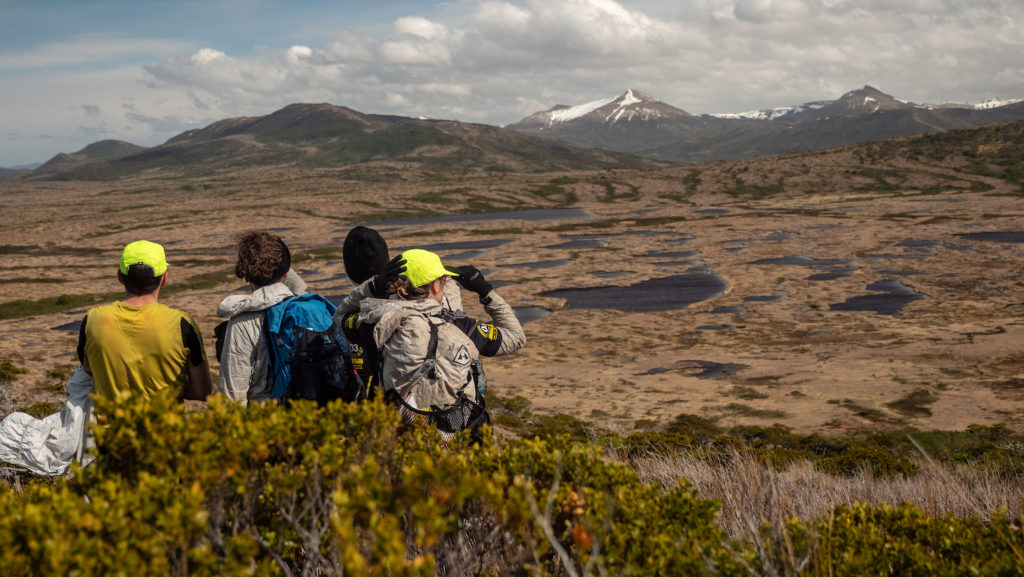
In 2018, I captained Team Bend Racing in the iconic Patagonian Expedition Race for the 6th time. We’d been racing non-stop for over 6 days and were in first place when we started the last stage – a mostly “runnable” 60km section of native forest linking two long abandoned ski fields. The closest team behind us had spent years ranked #1 in the world and were well known for their speed on foot. We shuffled out of the transition area as dusk approached keenly aware that the race was ours to lose.
5 hours later the faint trail we were on came into a muddy clearing. Our hearts sank as we saw the tell-tale signs of other humans – flattened grasses and snapped vegetation along the overgrown path. Then we saw tracks. We were devastated. But moments later one of the team stopped and said something incredible, “Hey – I think these are our tracks!”
Somehow, we’d looped back around in the inky black wilderness. Bolstered by a renewed hope of victory, we followed our tracks until we found the small fork where we’d chosen left. This time we chose right, and pushed forward with all the speed we could muster (which was a blistering 6km/hour!). We dropped off the ridge into dense forest, and eventually started a long climb that ended in a muddy clearing… now with two sets of footprints. WTF?!?
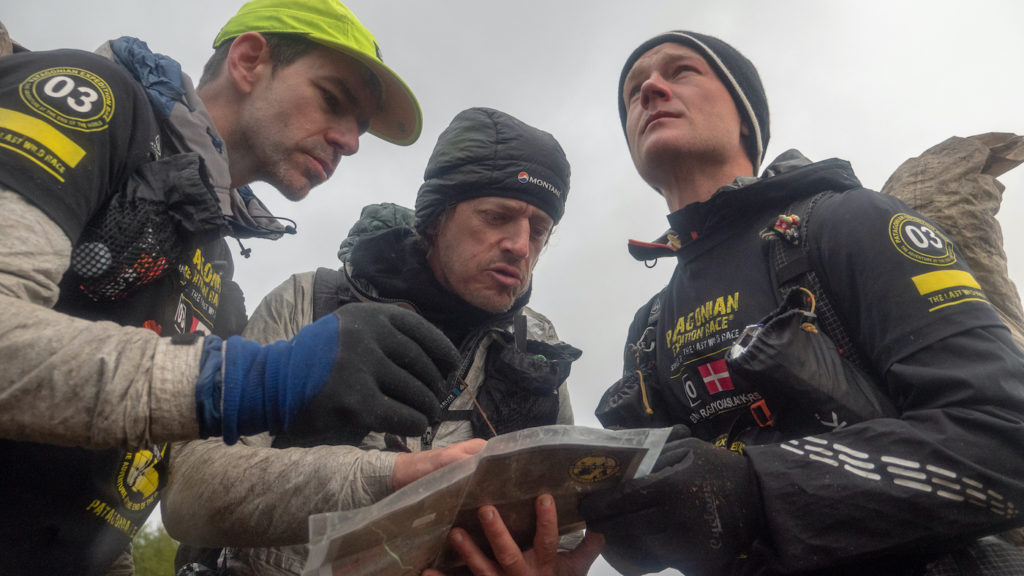
We were wandering around lost in the forest like Winnie-the-Pooh when he and his team (Rabbit and Piglet) try to un-bounce Tigger by ditching him in the hundred acre woods. Devastated, we tried again, sure that we were losing minds and the race. After a third return to the same clearing we gave up. One teammate wanted to try again, one wanted to climb to the tip-top of a tree to see over the forest (despite the deep moon-less dark), and my wife wanted to sleep.
I sat outside as the others crawled into their tiny tents and I thought through everything that had led us to this amazing position that we were about to lose.
- We’d nailed our nutrition from day 1.
- Our 3 months of specific hill training with heavy packs had let us set a commanding lead in the first mountain section.
- We’d stayed hydrated, taken care of our feet, and maintained a consistent pace.
- Our ultralight gear was just barely sufficient for the conditions, and only because we’d trained and practiced in it for the brutal conditions we’d endured.
- We’d raced our own race, focusing on our team, not where the competition was.
My wife Chelsey sat down next to me. “Take a deep breath”, she said. I did. We were both dangerously sleep deprived and beyond exhausted. “If you were watching this moment on TV, watching us fall apart and lose the race in this moment – what would you say?”
“They should have raced smarter,” I said with no hesitation.
“And what does that mean to you, to us?” Chelsey delved.
Again, there was no hesitation – the words coming automatically from so many years coaching others in this sport. “Running the fastest doesn’t matter if you are running in the wrong direction”. She reached around my neck and took off the compass hanging there, handed it to me, and then crawled into the tent.
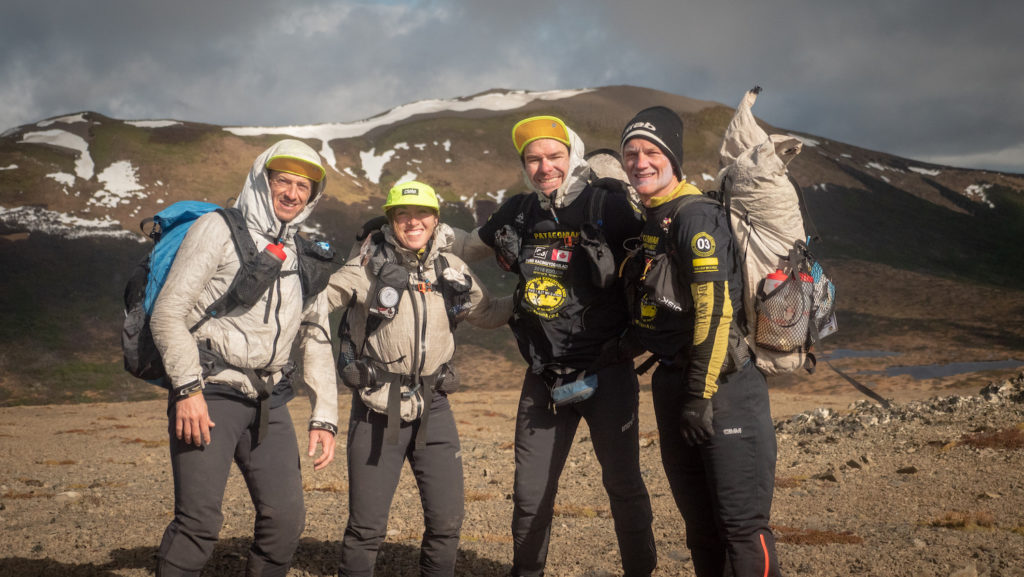
An hour later we were groggy but moving again, following our tracks back to the split in the overgrown path. I checked the compass and plunged headlong into the dense Patagonian bush. The pace was agonizingly slow, but at least every hard-won step was leading us in the right direction. We flipped our hats into Beast Mode, and “ran” for the next 8 hours through unforgiving wilderness and weather to become the 2018 champions.
It was some of the slowest running I’d ever done, but it was also some of the smartest…


